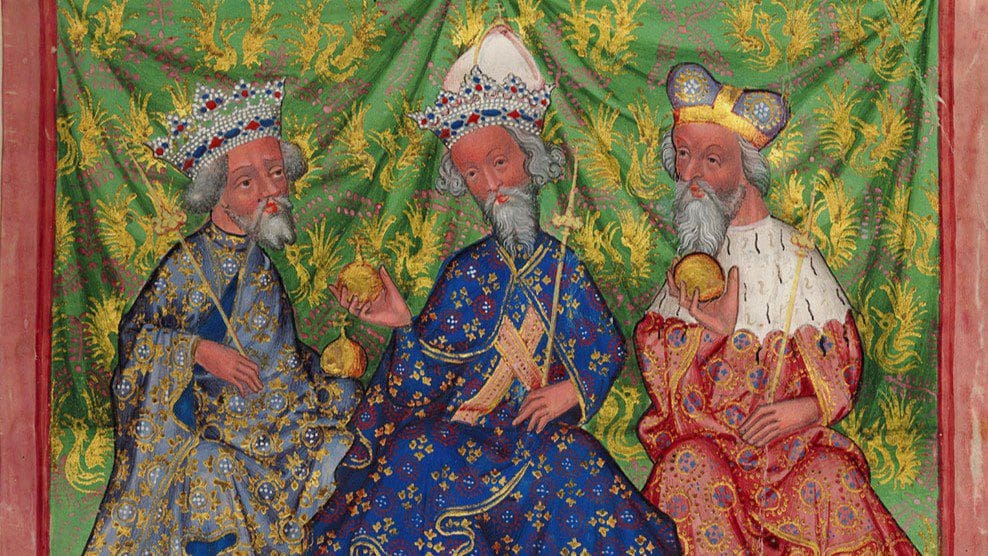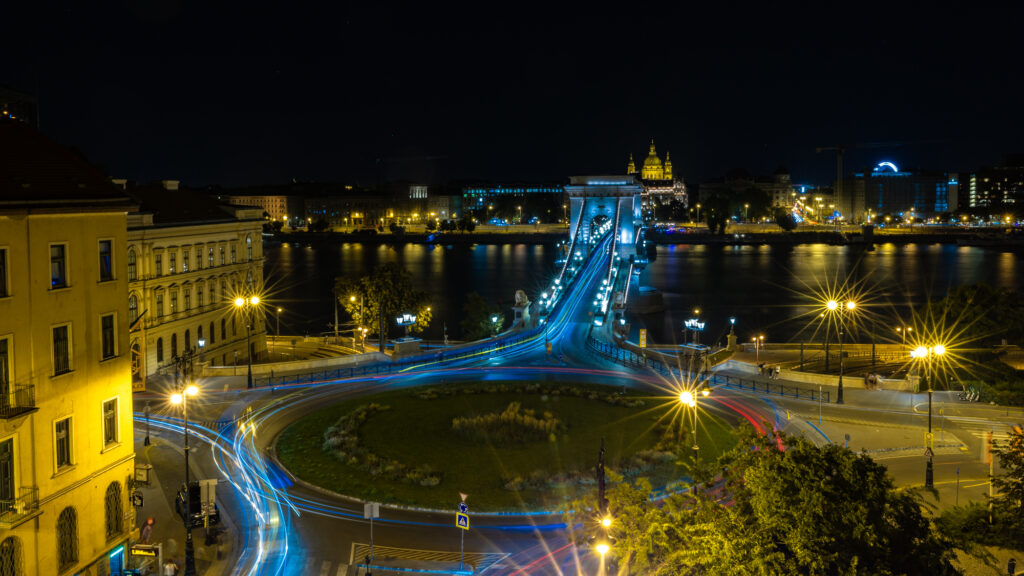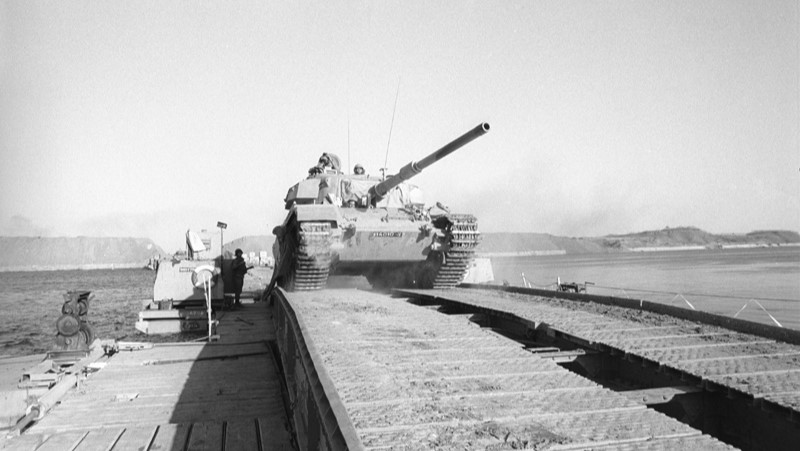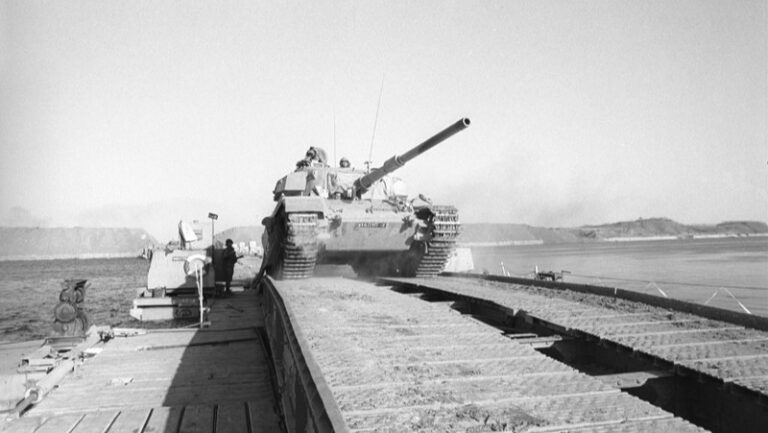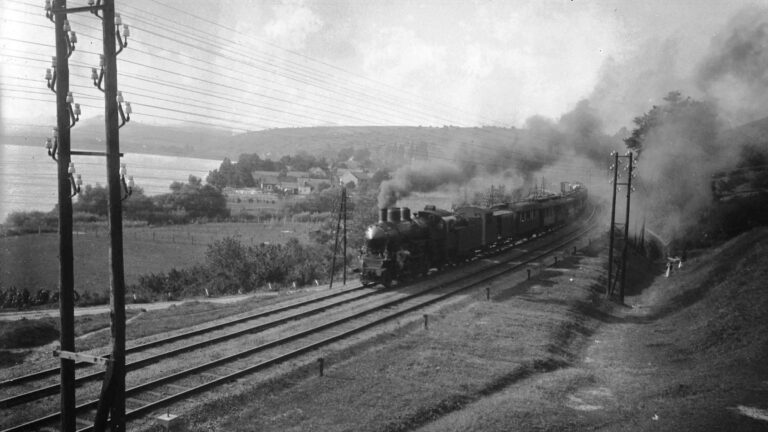Halfway between Budapest and Prague, travellers may come across smaller localities with interesting toponyms. The border that is now shared between Slovakia and the Czech Republic, unlike many other borders in the region which are the products of the tumultuous 20th century, had historically been established as the north-western border between the Kingdom of Hungary and Bohemia. The post-Velvet Divorce modern-day border retained almost the same shape.
For those who have some knowledge of Hungarian or of some Slavic language, the names of the settlements on the Czech part of the border will ring a bell. They in fact allude to the historical, centuries-old relationship between Hungary and Czechia that has not always been perfect, but nonetheless close. This is a region where the fates of the two countries were intertwined for a long time—the Bohemian and Hungarian frontier.
The first toponym that those on the road may notice as standing out is Uherský Brod (Magyarbród in Hungarian and Ungarisch Brod in German). Situated near the foothills of the Carpathians, this place literally means ‘Hungarian ford’, in reference to the Olšava river that flows through the town. Established at the beginning of the second millennium and now one of the oldest towns of Moravia,
it was first mentioned as ‘Hungarian Ford’ in 1275.
As a border town located near the frontier, it had to withstood Hungarian raids. The town also witnessed hardships during the Hussite wars, becoming an important logistical point for the rebelling armies of Hus’s followers.
The town was not established by chance: it served as a fortress guarding the border in conflicts between Bohemia and Hungary. According to historian Sándor Szilágyi, in the 12th century, a battle between the Hungarian king István II and Vladislaus I broke out nearby. Although the meeting of the two sovereigns initially started out as a peaceful one, supposed to renew the old friendship between the countries, due to pure miscommunication both sides assigned malicious intention to the other, and the feast turned into a bloodbath which even the King of Hungary could just barely escape. The same town was subject to heavy fights and was devastated in the latter half of the 15th century during the conflict between Czech King George of Poděbrady and Hungarian King Matthias Corvinus.
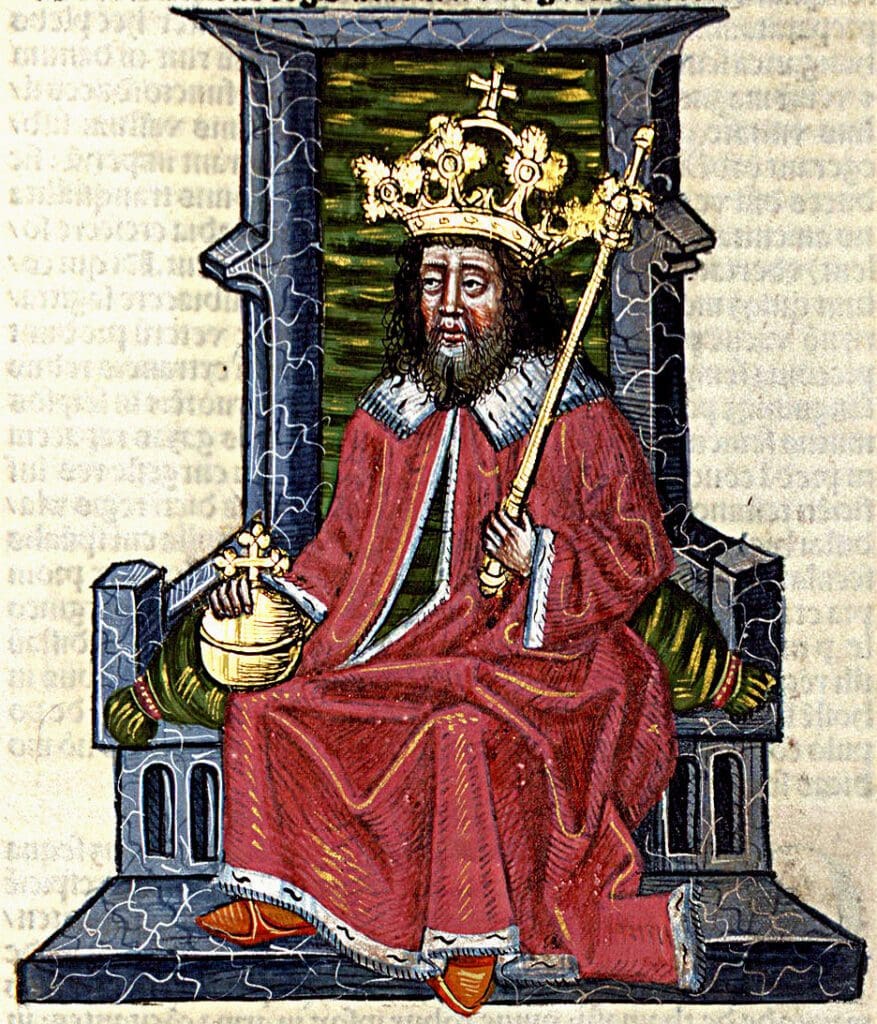
While conflicts did occur between the neighbours, it is important not to overestimate the level of confrontation between the two countries and understand that conflicts as such were part of life of European politics back then.
Two other towns in the region, Uherské Hradiště (Magyarhradis) and and Uherský Ostroh (Magyarsárvár) also feature the adjective Hungarian in their names. These settlements had more or less the same purpose as Uherský Brod: defence against potential incursions from the Hungary, be they Cumans, or later rogue Kuruc troops, or the marauding army of some unruly nobleman.
It would be misleading to claim, however, that the term ‘Hungarian’ in the names of these settlements indicated the Magyars exclusively as adversaries. According to Hungarian historian Gyula Kristó, Magyarbród was actually founded by Andrew I. Also, when King Matthias occupied Magyarhradis and other parts of Moravia as well, he gave the town its current coat of arms. In addition, the settlement was also chosen to hold negotiations between Louis I of Hungary and Charles IV, the first king of Bohemia to become Holy Roman Emperor and whose daughter was actually married to Louis I. There, old hostilities were put aside, and the two parties finally reconciled and a potential war between the Holy Roman Empire and the Kingdom of Hungary was successfully prevented. Interestingly, the town where the negotiations took place goes by at least four different names: apart from Magyarhradis, it is also referred to as Magyarérőd, Magyarvár, and Magyar-Radistya.
Needless to say, the present-day relationship between these Czech towns and Hungary is more one of friendship than and cooperation rather than one of raids and wars—although we must note that even the darker chapters of Czech–Hungarian relations were often the result of misunderstandings, rather than of actual hostility. Of the three settlements, Magyarhradis (Uherské Hradiště) is the biggest in terms of population (with 24,812 inhabitants compared to 4,278 of Uherský Ostroh and 16,410 of Uherský Brod), so consequently, it has stronger connections with other European cities. This includes Hungarian towns, too, as Sárvár in Vas County, signed a sister city cooperation agreement with Uherské Hradiště on 9 September 2012.

